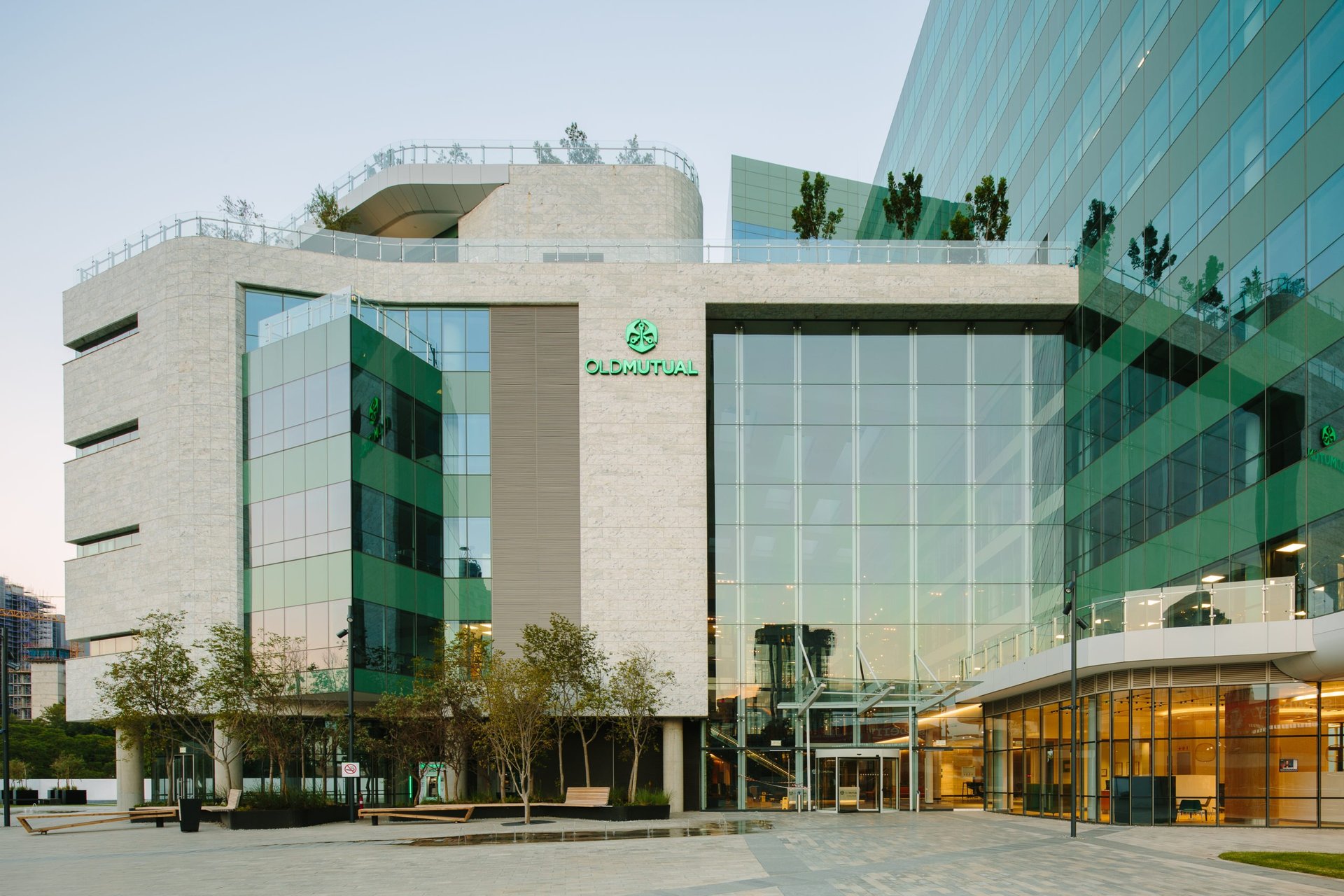
Old Mutual Africa: Data-Driven Transformation with Real-Time Insights


Introduction
Old Mutual Africa embarked on a significant strategic initiative aimed at fundamentally transforming its approach to data management and utilization across its widespread operations. Recognizing the immense potential of big data in driving business efficiency and strategic growth, the company decided to implement a state-of-the-art data warehouse and analytics system. This initiative was designed to consolidate disparate data sets from across 11 countries into a single, cohesive repository, setting the stage for advanced real-time insights and robust analytics.
The Challenge
Prior to this transformation, Old Mutual Africa faced a series of substantial challenges. The company's data storage was decentralized, with each country operating its own systems that often used inconsistent data formats and lacked the capability for advanced analytics. This fragmentation impeded the organization's ability to make timely and informed decisions, as compiling and comparing data from different sources was both time-consuming and error-prone. Additionally, the existing infrastructure was ill-equipped to handle the scale and complexity of data that modern financial services companies need to process, leading to delays in reporting and missed opportunities for data-driven decision-making.
Objectives and Strategy
The overarching goal of this project was to harness the power of unified data to enhance decision-making capabilities at all levels of the organization. Old Mutual Africa's strategy for achieving this included several key components: selecting and implementing cutting-edge data warehousing technology that could integrate seamlessly with existing IT infrastructure; standardizing data formats and governance across all operations to ensure consistency and compliance; and developing a company-wide culture of data literacy and empowerment. To support these strategic goals, the company planned extensive training and development programs to ensure that all employees could effectively use the new tools and resources.
Implementation
The implementation of the data warehouse was a complex, multi-phased project that involved stakeholders from various departments and countries. The first phase focused on infrastructure setup, where technical teams worked closely with vendors to design a scalable and secure data warehouse architecture. This phase was critical in ensuring that the new system could accommodate diverse data types and large volumes of data without compromising performance.
Subsequent phases involved data migration and integration, where existing data from legacy systems was carefully mapped, cleansed, and transferred to the new system. This process was challenging due to the variety of source systems and the need to maintain data integrity. Parallel to these technical tasks, a series of workshops and training sessions were conducted to familiarize users with the new system, focusing on how to extract and interpret the data effectively.
Results and Benefits
The new data warehouse and analytics platform has brought about transformative changes for Old Mutual Africa. With a centralized data repository, the company now enjoys significantly faster and more accurate financial and operational reporting. The ability to generate real-time insights has empowered managers and executives to make quicker, more informed decisions, enhancing the company's agility and competitive edge. The improved data consistency and quality have also led to better compliance with international standards and local regulations.
Moreover, the analytics tools have enabled deeper insights into customer behaviors and market trends, facilitating more targeted and effective marketing strategies. The cultural shift towards data-driven decision-making has increased productivity and fostered a more innovative working environment.
Conclusion
Old Mutual Africa's investment in a sophisticated data warehouse and analytics system has not only streamlined operations but has also established a robust foundation for future innovation. As the company continues to expand and evolve, the central data repository will play a crucial role in supporting scalable and sustainable growth. This project underscores Old Mutual Africa's commitment to leveraging cutting-edge technology to stay ahead in a rapidly changing financial landscape, ensuring long-term resilience and success.

